Rupeaa olemaan ihan scifiä moni juttu.
Moni juttu joka oli scifi on tullut todeksi vuosien varrella. Ei siinä mitään ihmeellistä, mutta tuo ylläoleva meni hieman yli BAEn kykyjen.
Follow along with the video below to see how to install our site as a web app on your home screen.
Note: This feature may not be available in some browsers.
Rupeaa olemaan ihan scifiä moni juttu.
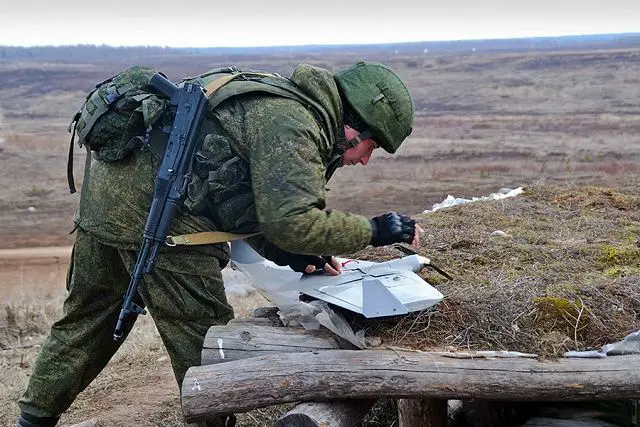
http://www.armyrecognition.com/july...perform_reconnaissance_missions_11007162.htmlSouthern Military District artillery units of Russian army are using Takhion unmanned aerial vehicles (UAVs) in an exercise in Dagestan in south Russia, the district’s press office said. The Takhion is a Russian-made mini-UAV (Unmanned Aerial Vehicle) developed to conduct reconnaissance missions in support for ground forces at with a maximum range of 40 km.
The Takhion can equipped with a video, photo or infrared camera. The UAV has a liftoff weight of about 25 kg and can flight during up to 6 hours.
Takhion drones are produced at the Russian Company Urals-based Izhmash-UAV enterprise.
"The artillery units supported by Takhion unmanned aerial vehicles have practiced reconnaissance, firing solution preparations and fire control in mountainous and wooded areas," the press office said.
"The servicemen operated 122mm 2S1 Akatsiya self-propelled howitzers, Sani mortars and Grad-M multiple rocket launch systems," the press office added.
According to the press office, the maneuvers were held at the Dalny training range equipped with modern simulators to bring the environment close to reality.
The maneuvers involved 400 servicemen and more than 50 items of military hardware.
Onkohan tuossa artikkelissa ilmoitettu oikea paino pärryyttimelle? Ettei olisi 2,5kg eikä 25kg?
Voisi kuvitella, että pienten tiedustelulennokkien yleistymistä seuraa myös voimakas panostaminen niiden torjuntamenetelmien kehittämiseen. Joka taas johtaa lennokkien omasuojajärjestelmän parantamiseen.
http://spectrum.ieee.org/automaton/...gait-and-fancy-shoes-to-hyperefficient-robotsIn the middle of the DRC Finals last year, SRI’s DURUS robot slowly and steadily spent over two and a half hours walking 2 kilometers on a single battery charge. This was a Big Deal: DARPA had recognized from the beginning that the original version of ATLAS was horrendously impractical (at least in terms of locomotion), so they funded two different teams, one from SRI and one from Sandia, to design a humanoid robot that could walk 20x more efficiently. SRI’s DURUS came very, very close to this goal, achieving a cost of transport of just 1.5 through an innovative combination of hardware, software, and especially gait control.
DURUS is tethered for safety, but not for power. It’s walking with a cost of transport of 1.4, down from the 1.5 that we saw at the DRC Finals, thanks to this new human-like gait. “The key feature of human walking is the way that the foot rolls during a step; that is, heel-strike followed by toe push-off,” Ames told us. Most humanoid robots, even the fancy and expensive ones like ATLAS, ASIMO, HUBO, and HRP, don’t try to do this. Instead, they walk on big, flat feet that provide a large contact area with the ground to maximize stability, while adopting a weird and very robot-y crouching gait to try to keep their center of mass over those giant feet as much as possible, since otherwise, they tend to fall over.
What’s unique about Georgia Tech’s approach with DURUS is that the methods used to develop it are based around a generalized mathematical framework that doesn’t demand any constraints or assumptions like the static stability offered by flat feet. Without these restrictions, you can simply add your own requirements to the framework, like a human-like heel-toe gait, and the robot will work it in.
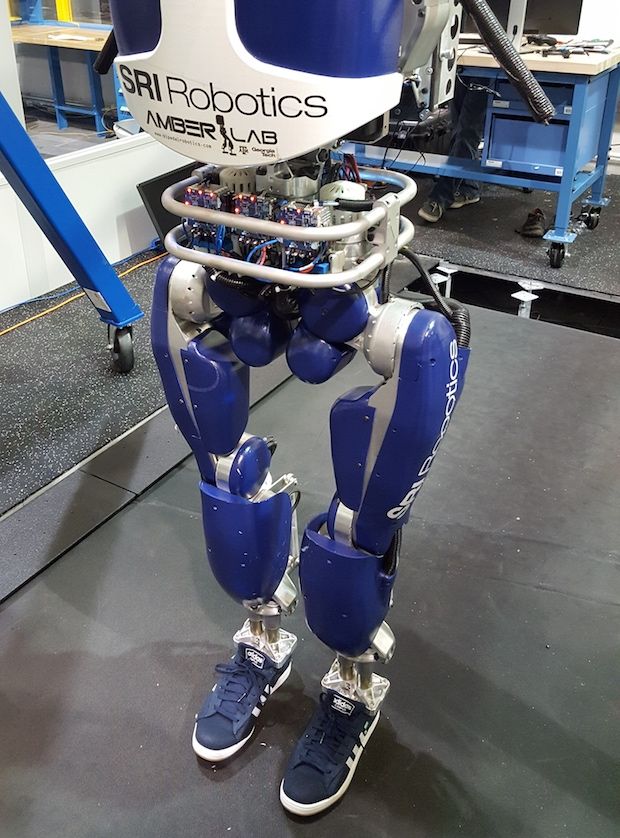
The planar (and tethered) version of DURUS has already demonstrated human-like running behavior, and we can’t wait to see this kind of thing on an unsupported robot. And that’s really the key here—using the unified control and design framework that AMBER Lab is developing, you generalize different behaviors across different hardware, making it much more practical to develop everything from big walking robots to lower body assistive exoskeletons and prosthetic systems. DURUS’ job is to enable this development path through exploring more robust locomotion and a broader suite of walking behaviors, which, says Ames, “are the first steps toward systematically understand how to enable humanoid robots to walk among us.”
http://abc7news.com/news/parents-upset-after-stanford-mall-robot-injures-child/1423093/PALO ALTO, Calif. (KGO) --The parents of a young boy who got knocked down and run over by a security robot at Stanford Shopping Center want to get the word out to prevent others from getting hurt.
They said the machine is dangerous and fear another child will get hurt.
Stanford Shopping Center's security robot stands 5' tall and weighs 300 pounds.
It amuses shoppers of all ages, but last Thursday, 16-month-old Harwin Cheng had a frightening collision with the robot. "The robot hit my son's head and he fell down facing down on the floor and the robot did not stop and it kept moving forward," Harwin's mom Tiffany Teng said.
Harwin's parents say the robot ran over his right foot, causing it to swell, but luckily the child didn't suffer any broken bones.
Harwin also got a scrape on his leg from the incident. "He was crying like crazy and he never cries. He seldom cries," Teng said.
Stanford Shopping Center and Knightscope, the Mountain View company that built the robot have yet to respond to our emails and voice mail messages.
The shopping center introduced the robot last year.
It's designed to alert authorities of abnormal noises, sudden environmental changes, and known criminals.
But the fact that it didn't seem to detect Harwin is something shoppers find disconcerting. "Garage doors nowadays, we're just in a day in age where everything has some sort of a sensor," shopper Ashle Gerrard said.
"Maybe they have to work out the sensors more. Maybe it stopped detecting or it could be buggy or something," shopper Ankur Sharma said.
Tuskin muuta kuin se, että melkein koko maailma on suunniteltu kaksijalkaiselle ja -kätiselle pystyssä kävelevälle olennolle. Toinen juttu on sitten se, että ihmisten on huomattu olevan rennompia robottien seurassa, kun ne ovat sopivasti (mutta eivät liikaa! Kts. "Uncanny valley") ihmisen kaltaisia.Mikä pirun hinku on siinäkin että pitää yrittää tehdä roboteista kaksijalkaisia. Kai nyt jumalauta 4-8 jalkaiset olisi helpompi pitää pystyssä (vaikeampi kaataa mitenkään). Haaste? Samantein yksijalkaisia, perkele. Loikkimassa paikasta toiseen. Klonk klonk klonk, menee botti lentokentällä. Tump tump tump, baarissa jossa on lankkulattia. Tai yksipyöräisiä. Mahdollisimman kapealla pyörällä.
Hieno homma.http://www.lentoposti.fi/uutiset/pr...tiedustelulennokkiin_kaakko_16_harjoituksessa
Juttua Orbiter minilennokkikoulutuksesta KAAKKO 16-harjoituksesta.
Onkohan tuossa artikkelissa ilmoitettu oikea paino pärryyttimelle? Ettei olisi 2,5kg eikä 25kg?
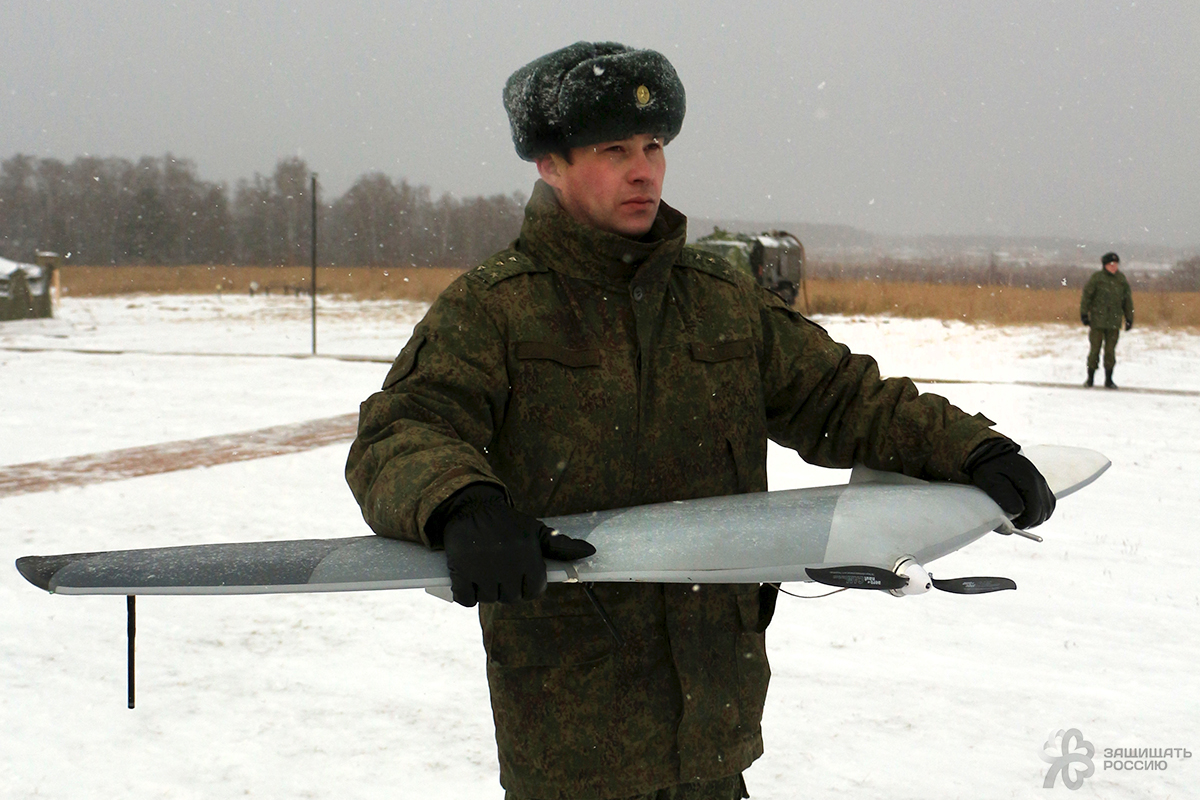




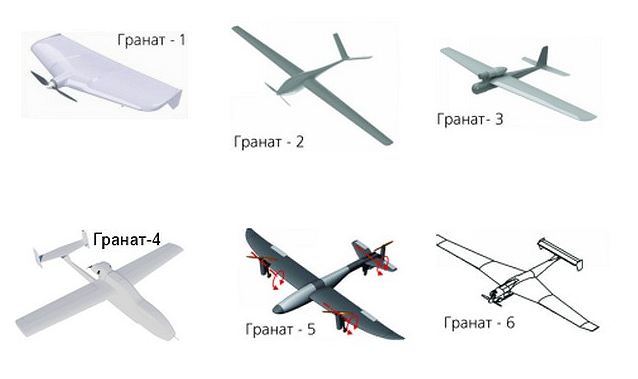
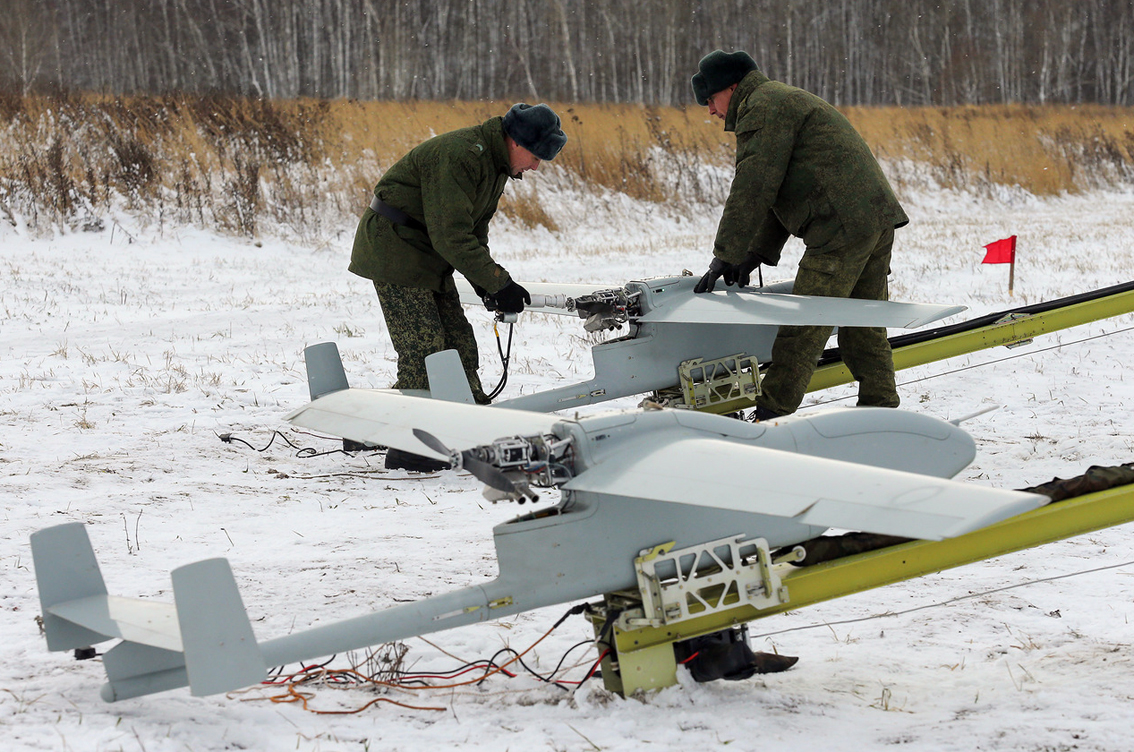

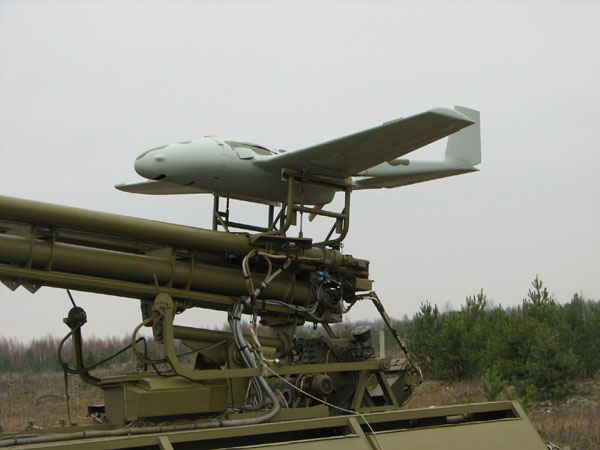


Oikein hyvä koonti!Kirjoitan nyt pienen katsauksen Venäjän asevoimien käyttämistä lennokeista, kun olen niistä viime päivinä suhteellisen paljon lukenut. Näiden käytössä olevien (tai olleiden) lisäksi on kirjaimellisesti useita kymmeniä prototyyppejä ja malleja joita erinäiset yritykset on esitelleet, mutta suurin osa luonnollisestikaan ei pääse palvelukseen asti.
1. Grusha. Paino 2,4kg, toimintasäde 15km ja lentoaika 75min. Perustuu Zala-421-08 lennokkiin.

2. Zastava. Paino 5,5kg, toimintasäde 10km ja lentoaika 60min. Venäjän lisenssituote Israelin Bird-Eye-lennokista. Kuvattu Ukrainassa

3. Eleron-3SV. Paino 5,5kg, toimintasäde reaaliaikaisella datasiirrolla 25km ja itsenäisesti 50km, lentoaika 100min. Nähty käytettävän Ukrainassa ja tullut maahankin Syyriassa.

4. Tahion. Paino 6,9kg, toimintasäde 40km, lentoaika 2h. Palvelukseen 2014. Kuvattu Ukrainassa

5. Granat-lennokkiperhe. Tykistön tiedusteluun ja tulenjohtoon. Tiedustelukompleksin nimi Navodtshik-2 (Suuntaaja-2).

Granat-1. Lähes identtinen Grushan kanssa, perustuu varmasti samalle Zala-421-8-lennokille.
Granat-2. Paino 3,5kg, toimintasäde 15km, lentoaika 60min.
Granat-3. Paino 7kg, toimintasäde 25km, lentoaika 2h.
Granat-4. Paino 30kg, toimintasäde 100km, lentoaika 6h. Yksi tärkeimmistä lennokeista Venäjän palveluksessa. Pudonnut maahan Ukrainassa.

6. Orlan-10. Paino 18kg, toimintasäde reaaliaikaisella tiedonsiirrolla 120km ja 600km itsenäisesti, lentoaika 10h (Itäisen sotilaspiirin puhemiehen mukaan 18h). Väittäisin tämän olevan tärkein Venäjän käyttämä lennokki. Useita tullut maahan sekä Ukrainassa että Syyriassa. Sarjatuotanto alkoi 2012 lopulla. 2013 tuotettiin n. 100 lennokkia, 2014 n. 200 ja 2015 vajaa 300. Eli arviolta 600 käytössä.

Isommat Orlan-30 ja Orlan-50 mallit myös esitelty ja kesäkuisella varapuolustusministerin vierailulla tehtaalla Orlan-30 näytti olevan tuotannossa, mutta siitä ei ole vielä virallista vahvistusta.
7. Tiptshak. Paino 70kg, toimintasäde 70km, lentoaika 3h. Tuli palvelukseen 2008, mutta tuskin on enää tuotannossa, vaan paremmat lennokit on syrjäyttäneet.

8. Ptshela-1K. Paino 140kg, toimintasäde 50km reaalisella datasiirrolla, lentoaika 3h. Ptshela eli mehiläinen lensi ensilentonsa jo 1990 eli on aikansa elänyt, joidenkin juttujen mukaan sitä on kuitenkin vielä Syyriassakin lennätetty.

9. Forpost. Paino 454kg, toimintasäde 250km, lentoaika 17,5h. Venäjän lisenssituote Israelin Searcher-2sta. 2011-2013 Uralin tehtaalla koottiin 30 lennokkia. Ei tietoa siitä mitä 2014-2016 on tehty, mutta tänä vuonna kerrottiin että seuraavan 5-10 vuoden aikana Venäjä aikoi rakentaa 90 lisää. Venäjällä on myös modernisaatiosuunnitelma Forpostille. Lähitulevaisuudelle Forpost-M, "huomiselle" Forpost-R ja sitten vielä Forpostin pohjalle perustuva uusi lennokki. Myös yksi Forpost on pudotettu Ukrainassa. Julkisuuteen tuli tämän vuoden huhtikuussa Yhdysvaltojen kielto Israelille jatkaa yhteistyötä Venäjän kanssa lennokkien rakentamisessa, joten jää nähtäväksi miten se vaikuttaa suunnitelmiin.

Näiden lisäksi tiedetään testeissä olevan jo ainakin seuraavat lennokit, joiden tuotannon pitäisi ihan lähivuosina alkaa: Granat-5, Korsar (vastine RQ-7 Shadowille), Inohodets (Predator-luokka), Altius-M (Reaper-luokka) ja Zenitsa-niminen iskulennokki 800km/h nopeudella ja 250kg hyötykuormalla. Useita muitakin on toki suunnitelmissa mainittu, mutta ne ei ole vielä todennäköisesti edes lentäneet, joten jääköön mainitsematta.
8. Ptshela-1K. Paino 140kg, toimintasäde 50km reaalisella datasiirrolla, lentoaika 3h. Ptshela eli mehiläinen lensi ensilentonsa jo 1990 eli on aikansa elänyt, joidenkin juttujen mukaan sitä on kuitenkin vielä Syyriassakin lennätetty.

Oikein hyvä koonti!
Onko lähteissäsi mainittu mitään laki- tai käytännön käyttökorkeuksista millekin tyypille?
Varmaan, vaan minulle ei riitä tietämys siihen.Osittain voi varmaan arvioida noiden sensorien perusteella?

